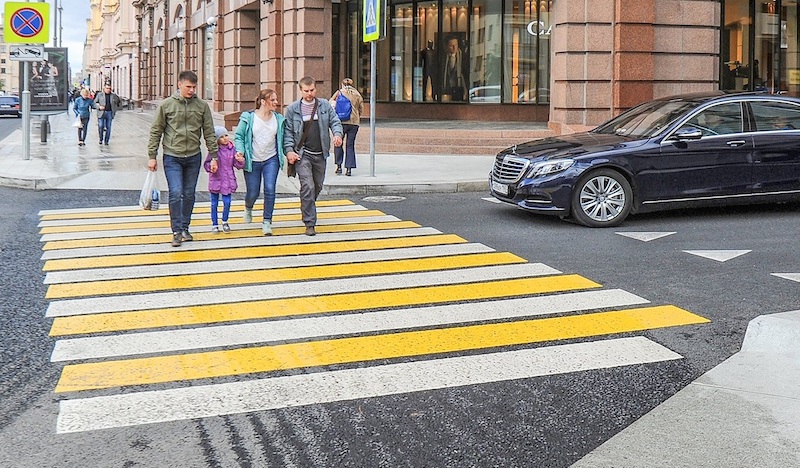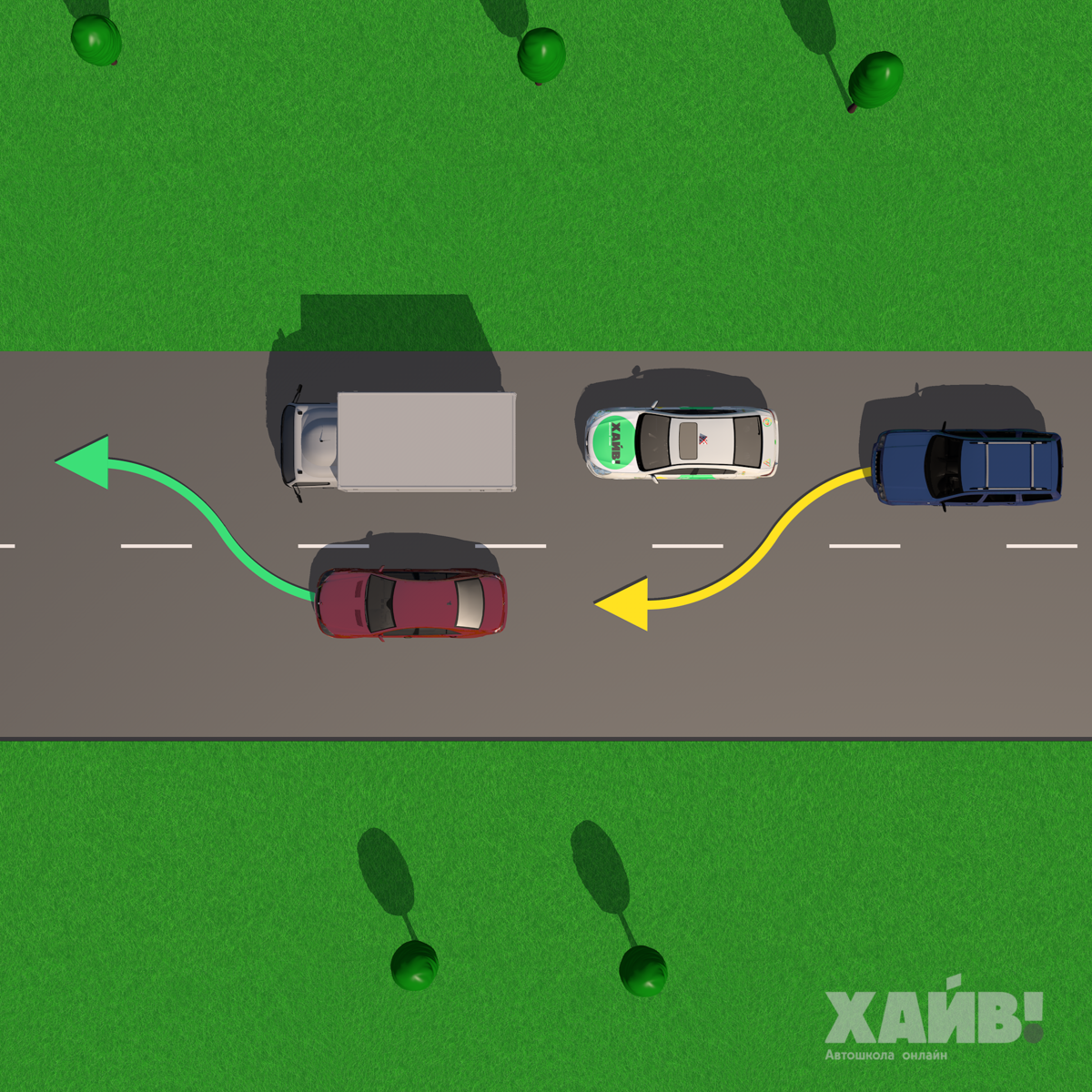
How to give way to a pedestrian
Content
The most vulnerable group of road users are pedestrians. From the article you will learn how to give way to pedestrians correctly, what changes in traffic rules have occurred in recent years, and whether a fine for violation is always issued legally.

When should a pedestrian yield?
According to the rules, the driver before the pedestrian crossing must slow down and stop completely when he notices that the person has already begun to move along the roadway - put his foot on the road surface. If the pedestrian is standing outside the road, then the driver has no obligation to let him through.
The car must be stopped or slowed down in such a way that a person can freely pass along the "zebra": without changing speed, without freezing in indecision and without changing the trajectory of movement. An important difference: we are talking about a pedestrian who is already moving on the carriageway. If he doubts whether he should cross while he is still standing on the sidewalk - there is no fault of the driver and there will be no violation of the rules either. Everything that happens in the pedestrian zone outside the highway does not concern road users at all.
You can move off at the moment when the pedestrian left the coverage area of the car in a straight line. The rules do not impose on the driver the obligation to wait until the person completely leaves the carriageway and enters the sidewalk. There is no longer a threat to the pedestrian - you have given way to him, you can go further.
The same is true if a person walks on the other side of the road and is far from you - the rules do not require all road users to stop on all sides of the markings. You can not stop if you see that a person is walking along the transition, but will reach you after a long time, and you will have time to pass by and not create an emergency.
What does it mean to "give way" and what is the difference from "skip"
Starting November 14, 2014, the wording of the official traffic rules has changed. Earlier, paragraph 14.1 of the SDA stated that the driver at the pedestrian crossing must slow down or even stop to let people through. Now the rules say: "The driver of a vehicle approaching an unregulated pedestrian crossing must give way to pedestrians." Seems like not much has changed?
If you go into details, then earlier the wording "pass" was not disclosed in the traffic rules in any way and, moreover, contradicted the Code of Administrative Offenses, in which the term "yield" was present, and the code punished for violation. A conflict arose: the driver could let people go to the other side of the road, as in the traffic rules, but did it differently than the Code of Administrative Offenses ascribes, and turned out to be a violator.
Now, in the version of the rules for 2014, there is a single concept, the meaning of which is fully explained. According to the new rules, a driver approaching a pedestrian crossing must precisely “give way”, i.e. not interfere with the movement of citizens. The main condition: the car must stop in such a way that the pedestrian does not doubt for a second his right to calmly overcome the distance to the opposite curb: he must neither increase speed nor change the trajectory of movement through the fault of the driver.
What is the penalty for not giving way to a pedestrian?
In accordance with article 12.18 of the Code of Administrative Offenses, an administrative fine of 14.1 to 1500 rubles is due for violation of paragraph 2500 of the SDA, its amount is left to the discretion of the inspector. If your violation was recorded by the camera, you will have to pay the maximum amount.
If you pay for it within the first 20 days from the date of the decision, then this can be done with a 50% discount.
When is a fine illegal?
Here, as usual, theory diverges from practice. The traffic police inspector may try to write you a fine if the pedestrian even stands on the sidewalk and prepares to cross or is on the roadway, but has long since left the trajectory of your movement and does not interfere with cars. Both of these are not within the scope of the term “give way”, the intricacies of which we have already discussed above. Many traffic police officers can deceive drivers who have not opened the rules of the road for a long time, and distribute fines at their discretion. In any case, the situations can be different and very ambiguous - the behavior of a pedestrian, for obvious reasons, is generally difficult to predict, which is what dishonest traffic police officers use. Only a DVR and knowledge of the exact interpretation of Article 14.1 can save you. With the camera, the situation is even more complicated: it does not care about such “subtleties” as the trajectory of movement or the distance of the car at all - it will fine you in any case and it will not work to prove something on the spot.
The fine can be appealed and the easiest way to do this is if you are right on the road one on one with the inspector - he will not argue if you have video confirmation of your words, or even a couple of witnesses from among these most not missed pedestrians.
